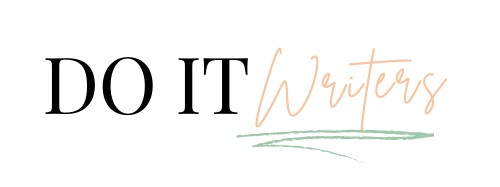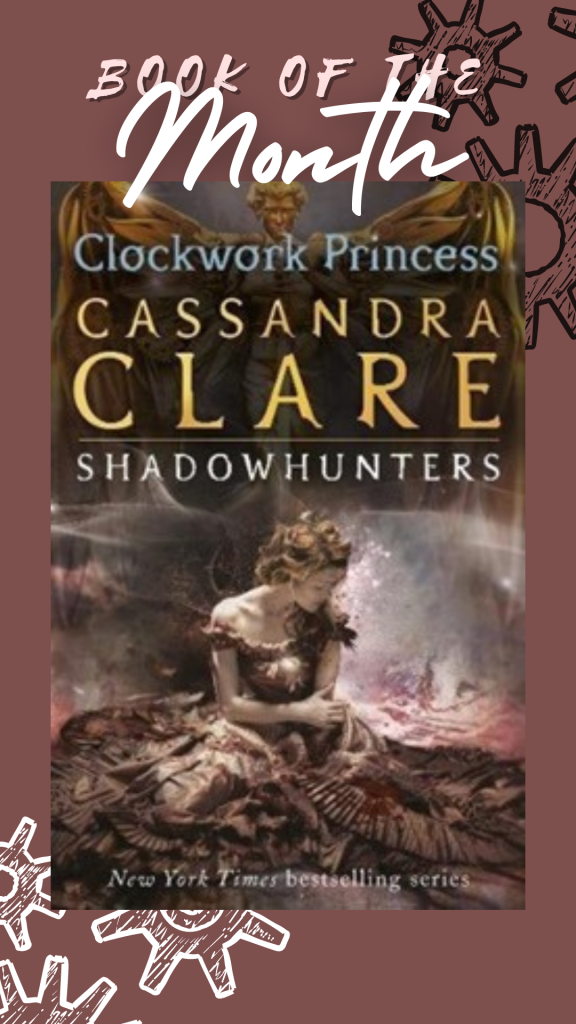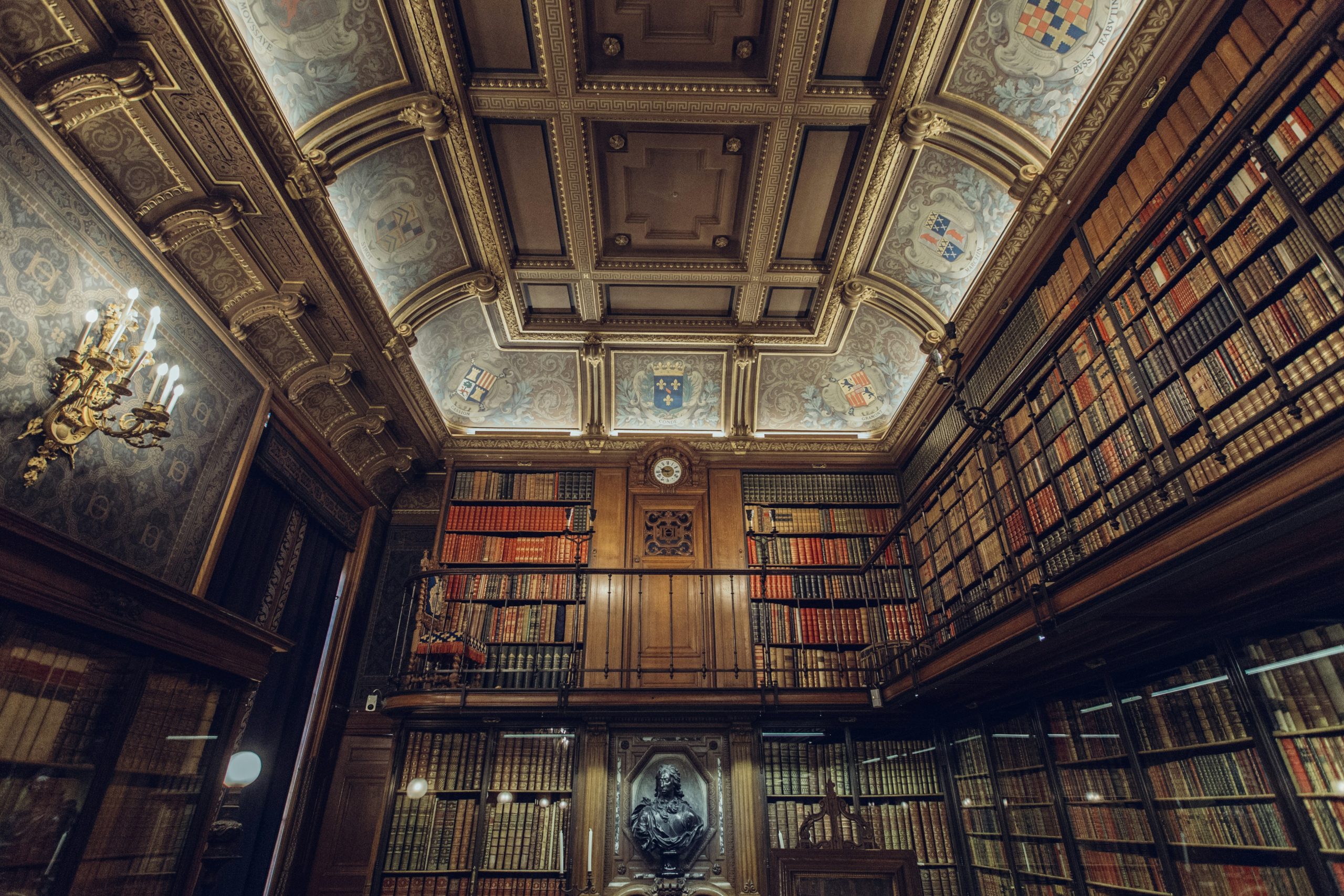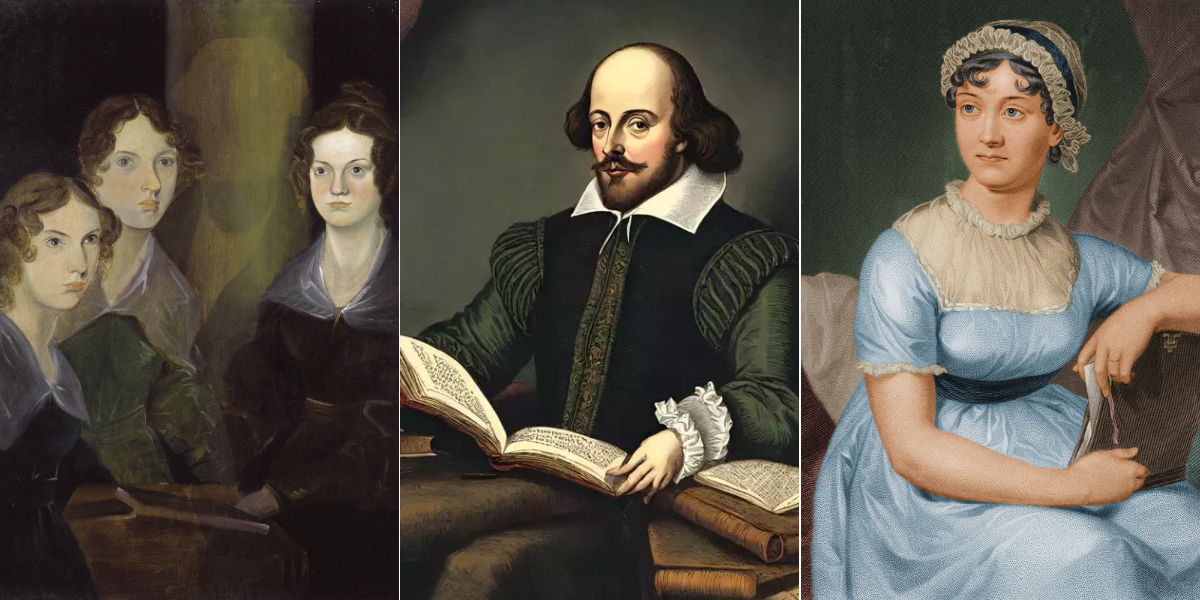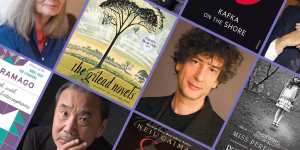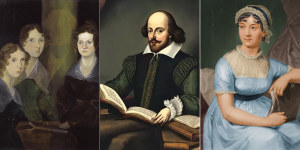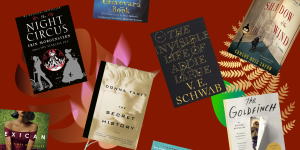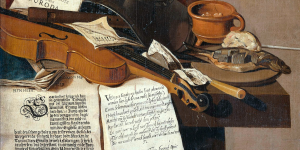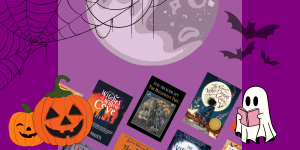France has been at the forefront of intellectual cultures of many varieties for many years, and literature is certainly not an exception.
French authors have been making waves and creating renowned works for ages. From Albert Camus to Victor Hugo and Arthur Rimbaud, talented writers kept coming from France to reinvent genres and bring about literary revolutions.
No matter what kind of book you’re looking for, there is something for everyone in classic French literature. I’ve curated some of the best French classics that will take you down a lane of French history, and open up your mind to its awe-inspiring culture.
So if you’re looking to explore French literature, you’ve come to the right place.
The Best Classic French Books
Here are the 12 best classical French books from the 18th, 19th, or 20th century to add to your TBR right now.
1. Les Misérables by Victor Hugo
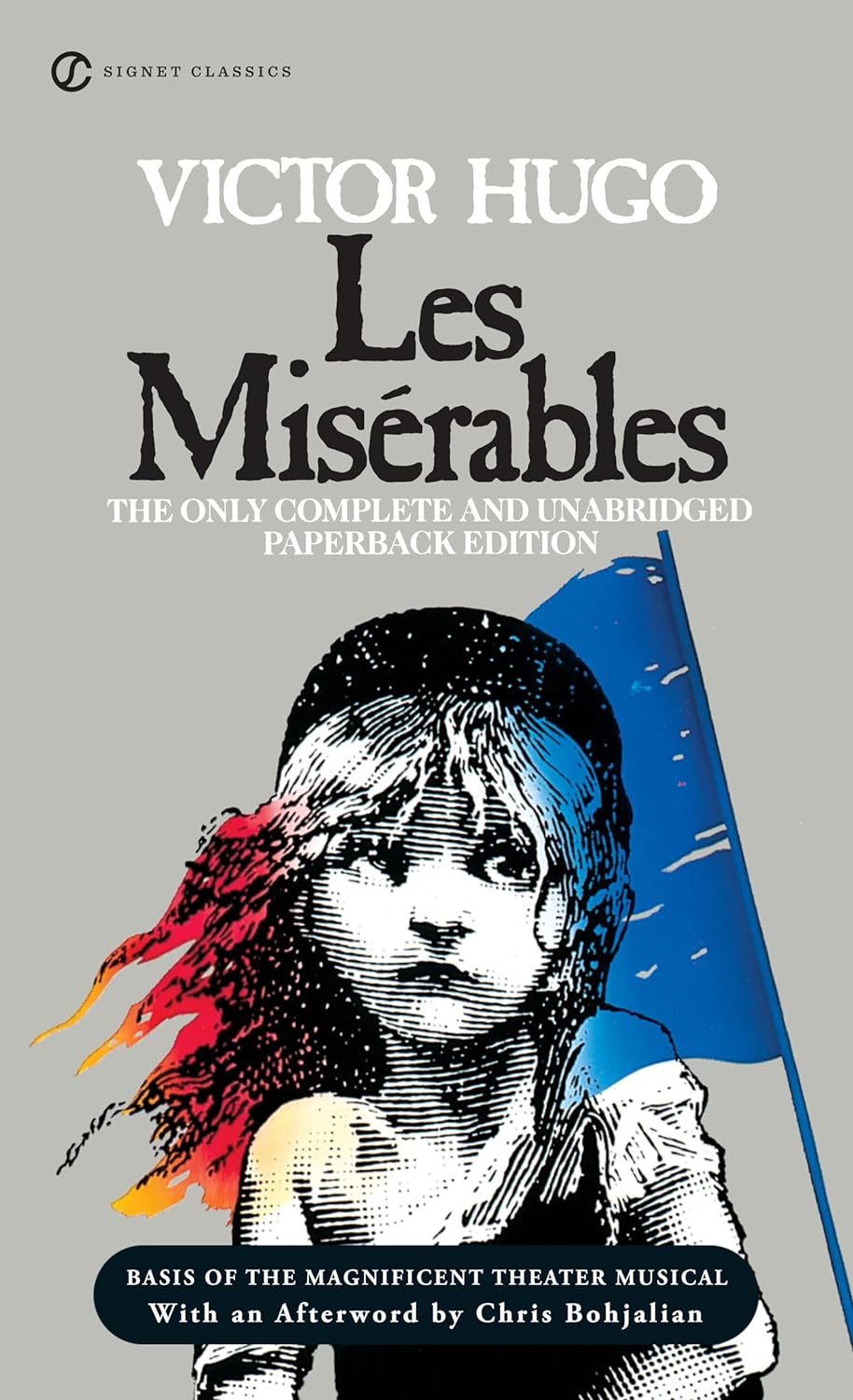
A cornerstone of French literature, Les Misérables explores themes of justice, redemption, and the human spirit against the backdrop of post-revolutionary France.
The novel follows the life of ex-convict Jean Valjean, whose quest for redemption is complicated by his relentless pursuer, Inspector Javert.
Through a web of interconnected lives—including the tragic Fantine and her daughter Cosette—Hugo paints a vivid portrait of 19th-century society, grappling with issues like poverty, inequality, and revolution. With its intricate plot and memorable characters, Les Misérables remains an enduring tale of hope and social justice.
2. The Stranger by Albert Camus
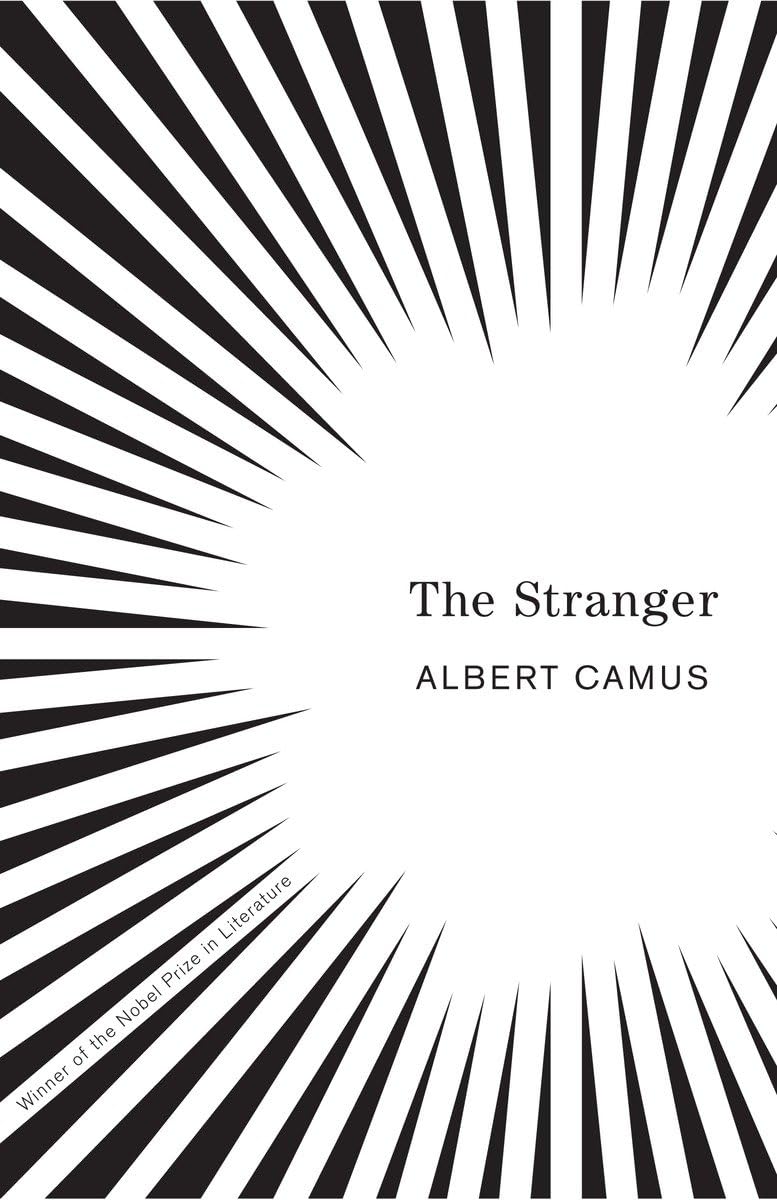
A very popular novel even among readers of today, this book is a defining work of existentialism. The Stranger (or L’Étranger) explores themes of absurdity, alienation, and the meaning of life.
The novel centers around Meursault, a detached and indifferent man living in French Algeria, who commits an impulsive murder. Throughout his trial and incarceration, Meursault’s refusal to conform to societal expectations of emotion and morality isolates him further.
Camus uses the character’s indifference to question the nature of existence and the human condition. With its sparse, direct prose, The Stranger challenges readers to confront the absurdity of life and the inevitable confrontation with death.
3. Les Fleurs du Mal by Charles Baudelaire
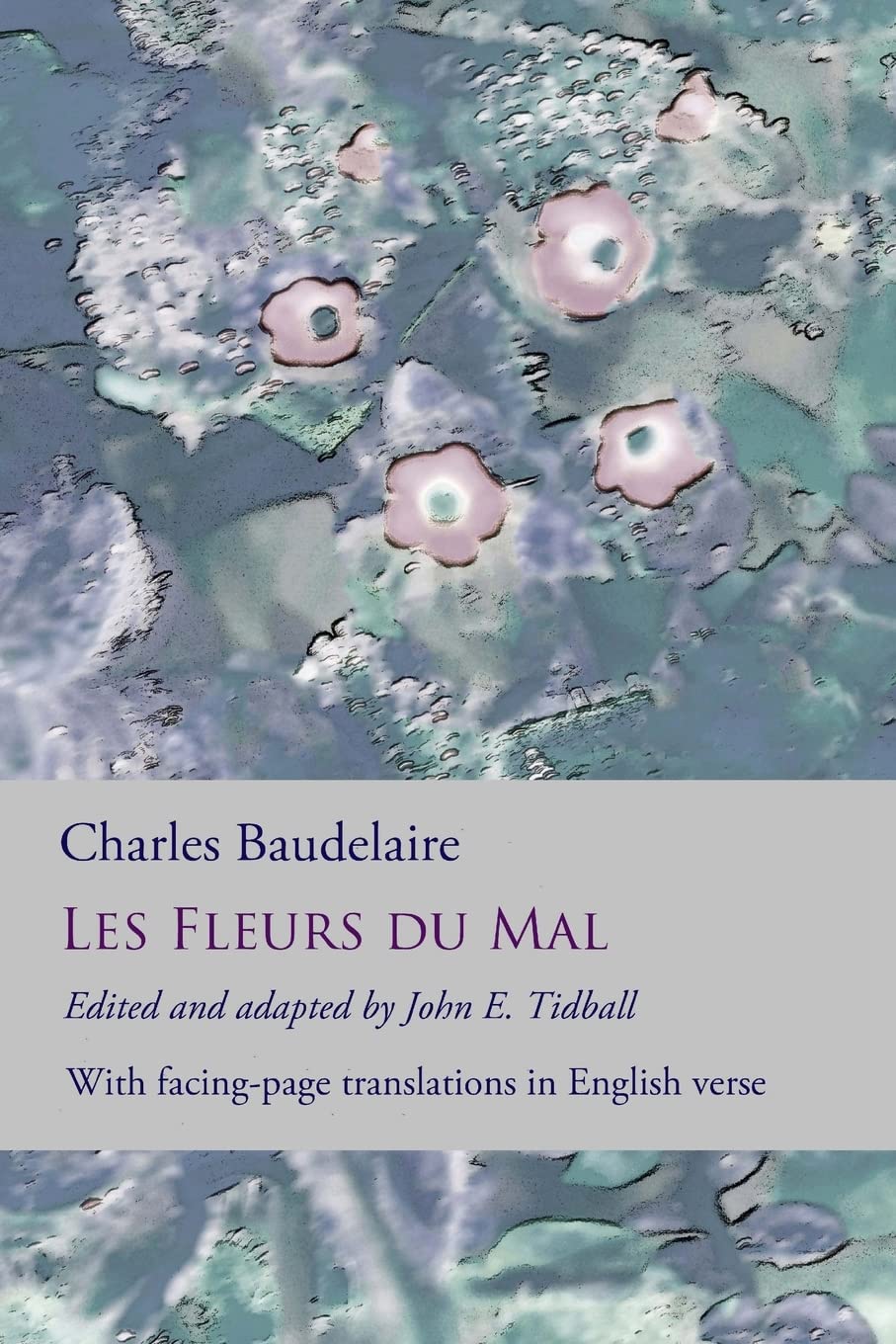
Les Fleurs du Mal (The Flowers of Evil) is a groundbreaking collection of poetry by Charles Baudelaire that revolutionized French literature.
Published in 1857, the poems explore themes of beauty, decadence, and despair, reflecting Baudelaire’s view of the human condition. His work delves into the tension between good and evil, often focusing on darker aspects of life such as sin and death, while also revealing moments of transcendence.
The collection’s sensual imagery and musical language pushed the boundaries of poetic expression, leading to its censorship upon release. Baudelaire’s masterpiece continues to inspire with its boldness and complexity.
4. Madame Bovary by Gustave Flaubert
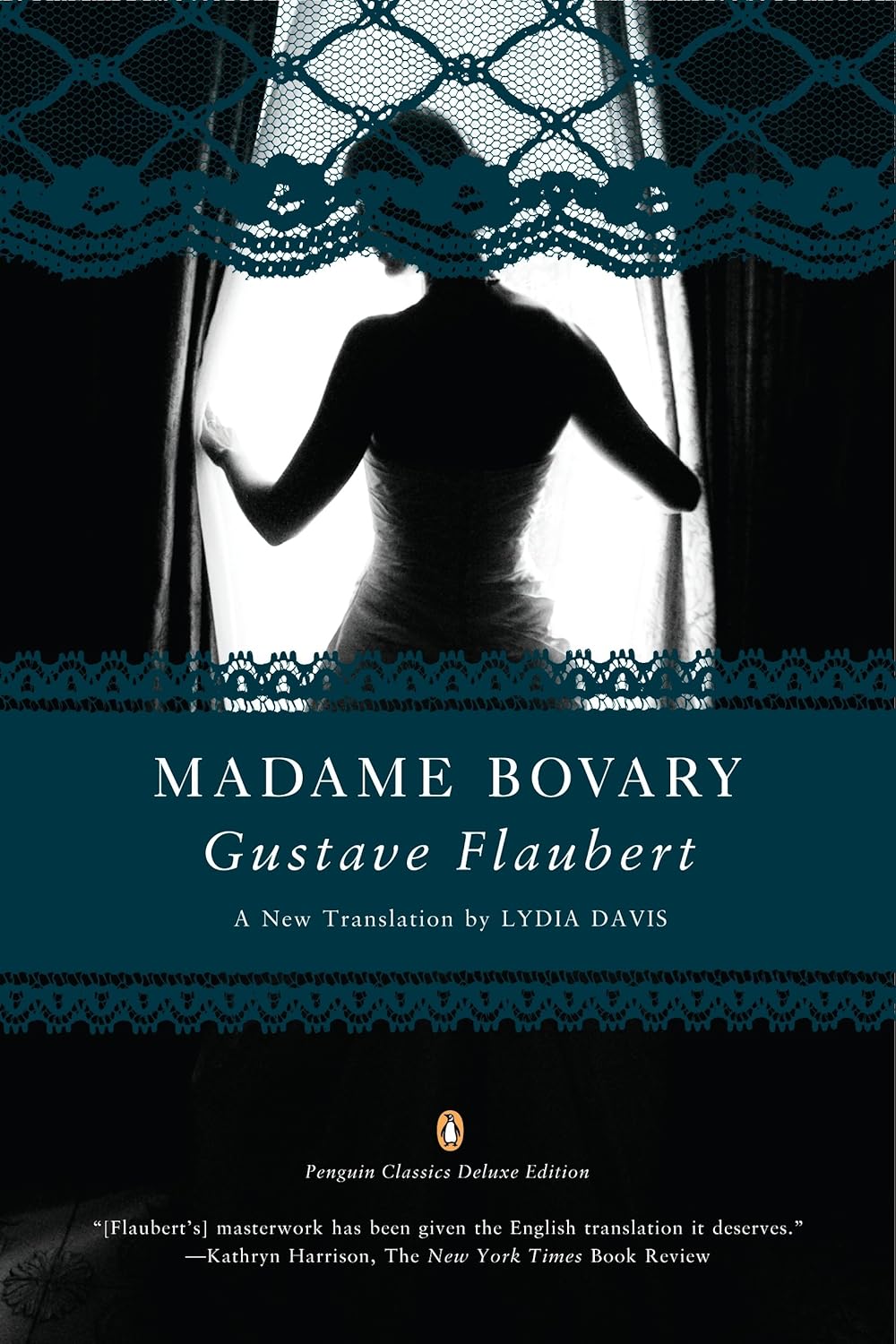
Madame Bovary is a seminal novel by Gustave Flaubert, known for its groundbreaking realism and psychological depth.
The story follows Emma Bovary, a farmer’s wife disillusioned by her mundane provincial life. Longing for romance and luxury, she engages in adulterous affairs and reckless spending, only to find herself trapped by the consequences of her escapism.
Flaubert’s portrayal of Emma’s inner life is masterfully detailed, capturing her desires, frustrations, and self-destruction.
Through Emma’s tragic downfall, Flaubert critiques the constraints of society and the dangers of idealism. Madame Bovary remains a cornerstone of realist fiction for its nuanced exploration of human emotion.
READ MORE: Rediscover the Classics: 12 Timeless Reads Worth Revisiting
5. The Red and the Black by Stendhal
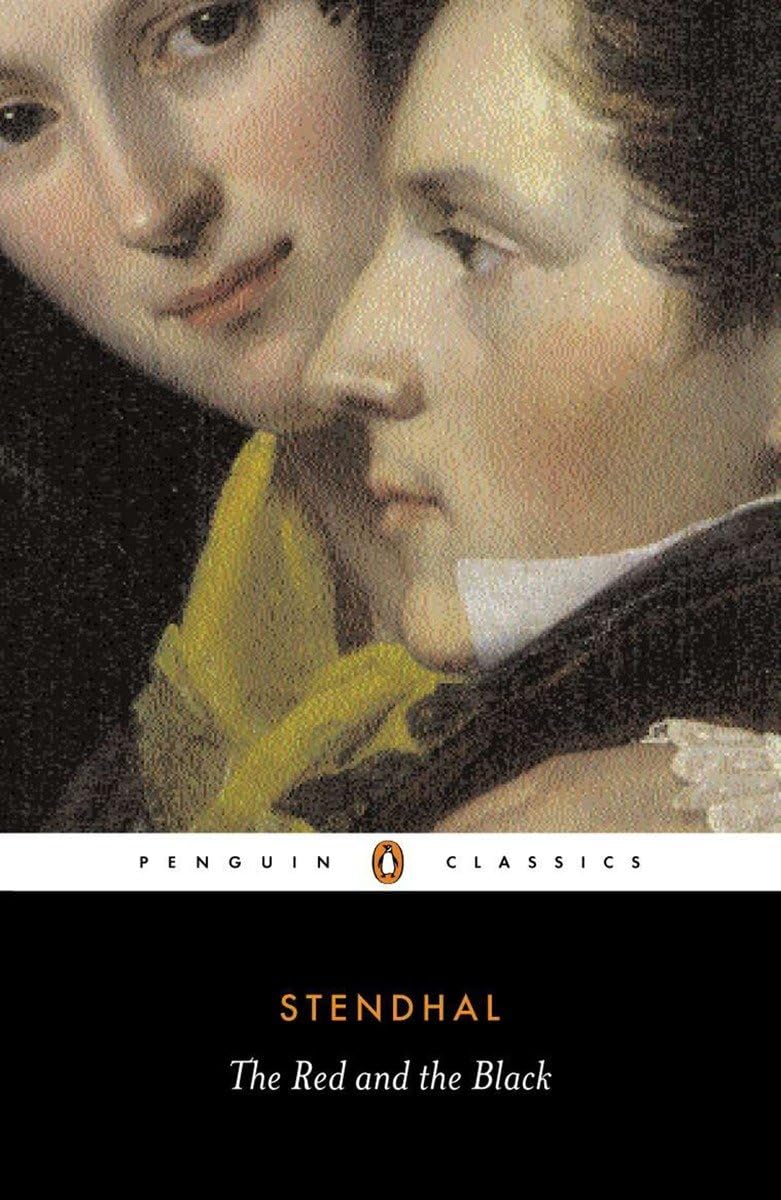
The Red and the Black by Stendhal is a classic French novel that delves into ambition, class struggle, and romantic intrigue in post-Napoleonic France.
It tells the story of Julien Sorel, a young man of modest background who dreams of rising through the ranks of society. Torn between military glory (symbolized by “the red”) and life in the clergy (“the black”), Julien uses charm and manipulation to climb the social ladder.
His ambition, however, leads him into passionate yet ill-fated relationships. With sharp social critique and psychological insight, Stendhal paints a vivid picture of 19th-century France, exploring themes of hypocrisy and personal desire.
6. Germinal by Émile Zola
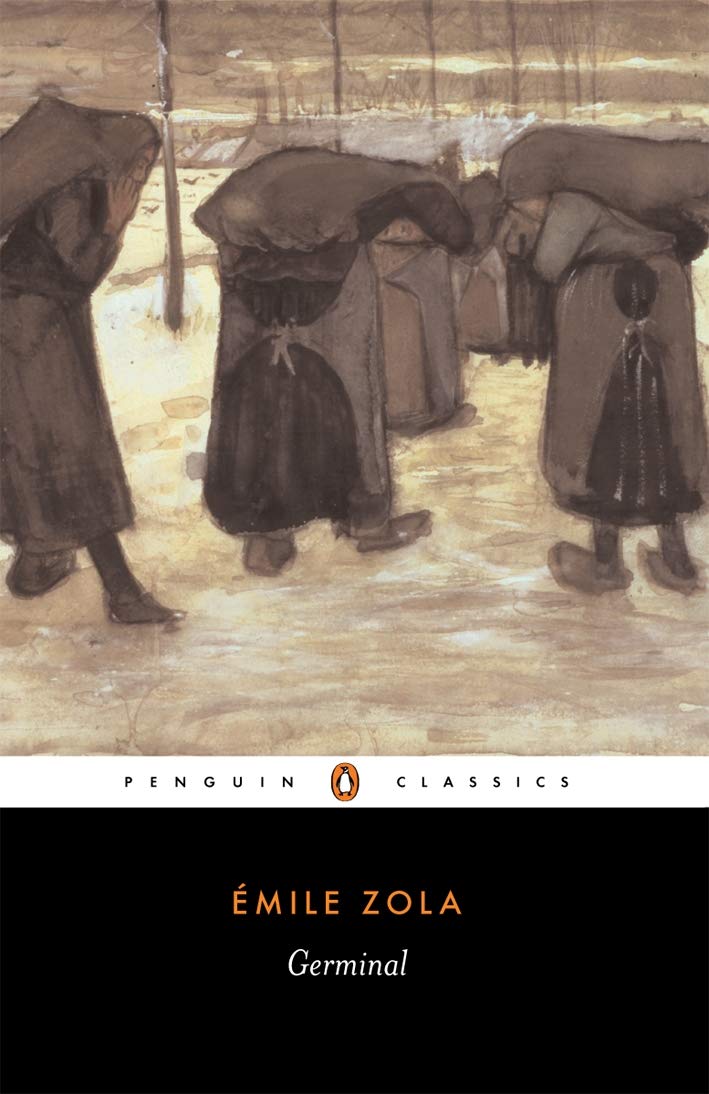
Germinal by Émile Zola is a powerful depiction of labor struggles and social injustice in 19th-century France.
Set in the coal mines of northern France, the novel follows Étienne Lantier, a young idealist who becomes involved in a brutal miners’ strike.
Zola’s portrayal of the harsh working conditions, exploitation, and dehumanizing effects of poverty captures the stark realities faced by the working class.
At the same time, he weaves in themes of revolution, class conflict, and hope for change. Germinal is not only a gripping narrative but also a potent social commentary that advocates for justice and equality.
7. The Plague by Albert Camus

The Plague is Albert Camus’s profound exploration of human resilience and the absurdity of suffering, set in the Algerian city of Oran during a deadly outbreak.
The novel chronicles the lives of several residents, including Dr. Rieux, as they battle the relentless spread of disease. Through their collective struggle, Camus delves into existential themes of isolation, fear, and solidarity, questioning the meaning of life in the face of inevitable death.
The novel’s portrayal of people confronting both physical and moral challenges reflects Camus’s broader philosophy of absurdism. The Plague remains a timeless meditation on human endurance and empathy in crisis.
8. The Count of Monte Cristo by Alexandre Dumas
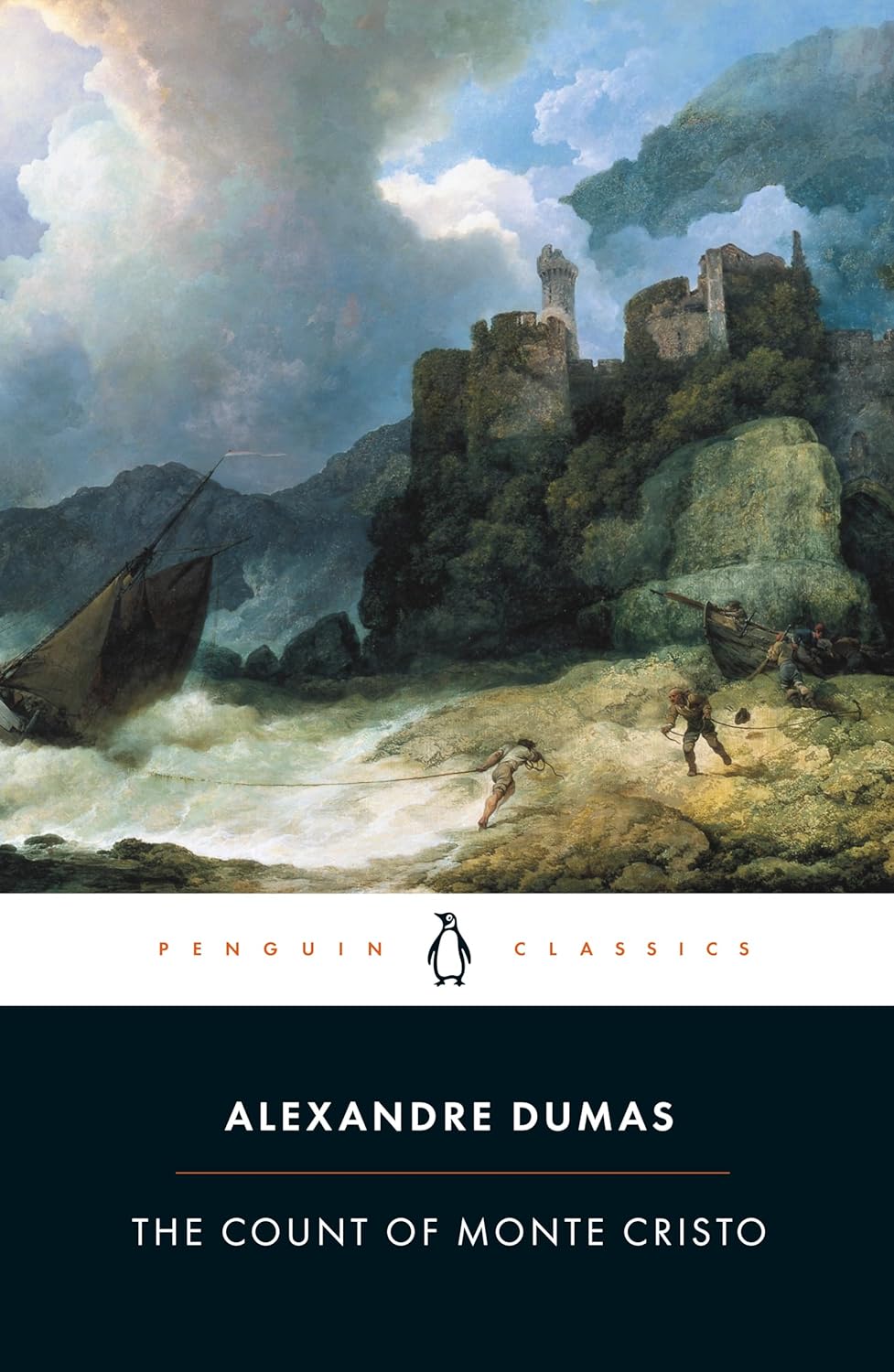
The Count of Monte Cristo is a sweeping tale of adventure, betrayal, and revenge, written by Alexandre Dumas.
The story follows Edmond Dantès, a young sailor who is wrongfully imprisoned due to the scheming of jealous rivals.
After discovering a hidden treasure on the Isle of Monte Cristo, he escapes and reinvents himself as the wealthy and enigmatic Count.
Dantès embarks on a calculated mission to exact vengeance on those who wronged him while grappling with questions of justice, morality, and forgiveness. With its intricate plot and vivid characters, The Count of Monte Cristo remains one of the greatest tales of retribution and redemption in world literature.
READ MORE: Underrated Classics: 12 Best Picks To Read
9. The Three Musketeers by Alexandre Dumas
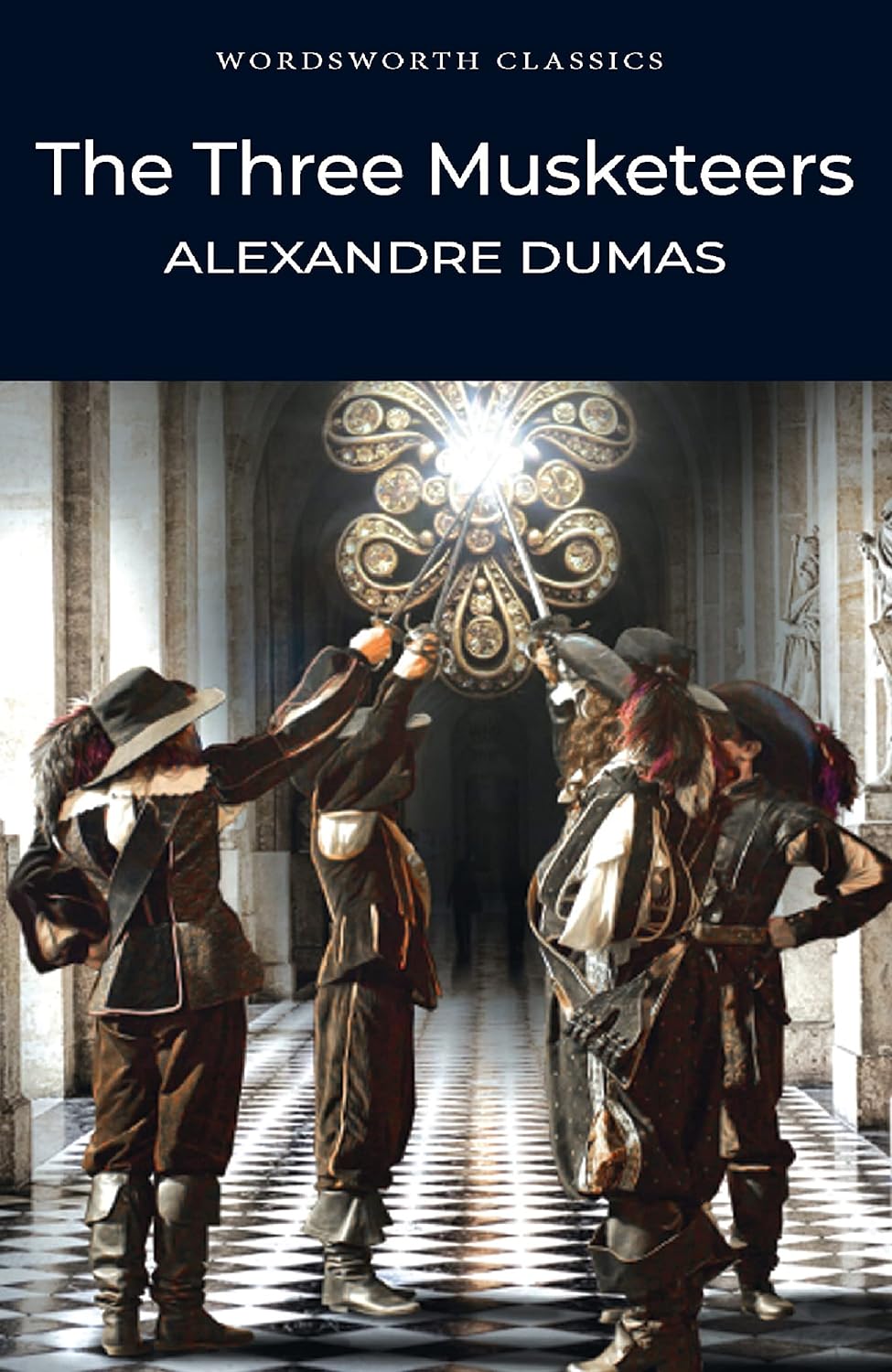
The Three Musketeers by Alexandre Dumas is an action-packed tale of adventure, loyalty, and friendship.
Set in 17th-century France, the novel follows the young and impulsive D’Artagnan as he joins forces with three elite Musketeers—Athos, Porthos, and Aramis. Together, they become embroiled in political intrigue and dangerous missions, including thwarting the schemes of the cunning Cardinal Richelieu and the infamous Milady de Winter.
Dumas combines swashbuckling sword fights, romance, and a fast-paced plot to create a story that celebrates camaraderie and honor. The Three Musketeers remains a timeless adventure classic that has inspired generations of readers.
10. The Misanthrope by Molière
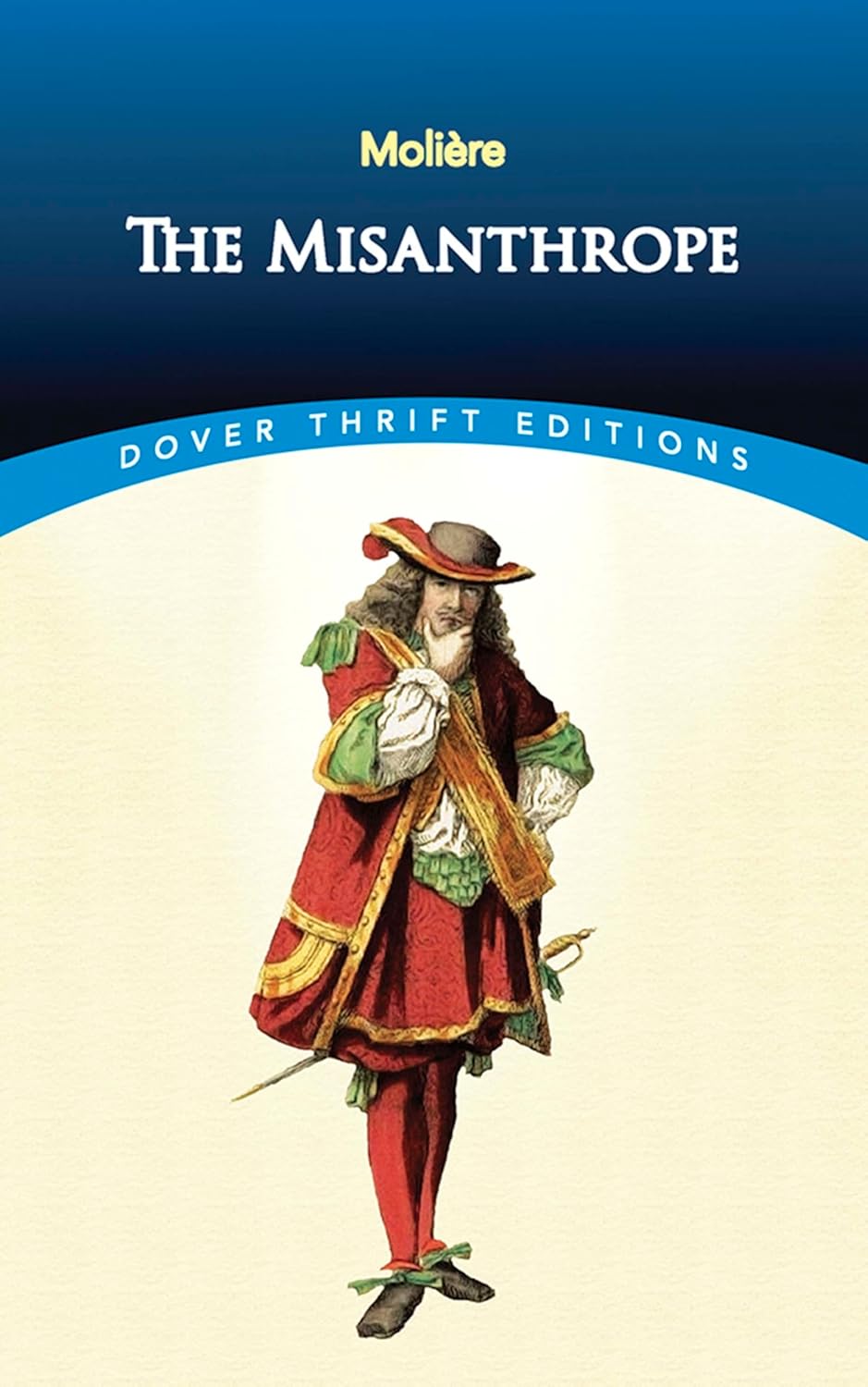
The Misanthrope is a sharp and witty comedy by Molière that critiques societal norms and pretensions.
The play centers on Alceste, a man disillusioned by the deceit and hypocrisy of the society around him. His disdain for societal manners leads him to reject social conventions and express his candid opinions, often causing friction with those around him.
Alceste’s rigid ideals are tested when he falls in love with Célimène, a charming woman who embodies the very social flaws he despises. Through its clever dialogue and satirical humor, The Misanthrope examines the conflict between personal integrity and societal expectations, making it a timeless exploration of human nature.
11. The Hunchback of Notre-Dame by Victor Hugo

The Hunchback of Notre-Dame is a tragic and sweeping tale set in 15th-century Paris, revolving around the enigmatic and deformed bell-ringer, Quasimodo.
The novel weaves a rich tapestry of romance, social injustice, and obsession. Quasimodo is deeply in love with the beautiful and virtuous gypsy, Esmeralda, who is in turn loved by the sinister Judge Frollo.
Hugo’s vivid portrayal of medieval Paris and its social structures highlights themes of beauty, marginalization, and the struggle for acceptance. With its richly detailed characters and dramatic plot, The Hunchback of Notre-Dame remains a powerful exploration of human cruelty and compassion.
12. The Phantom of the Opera by Gaston Leroux
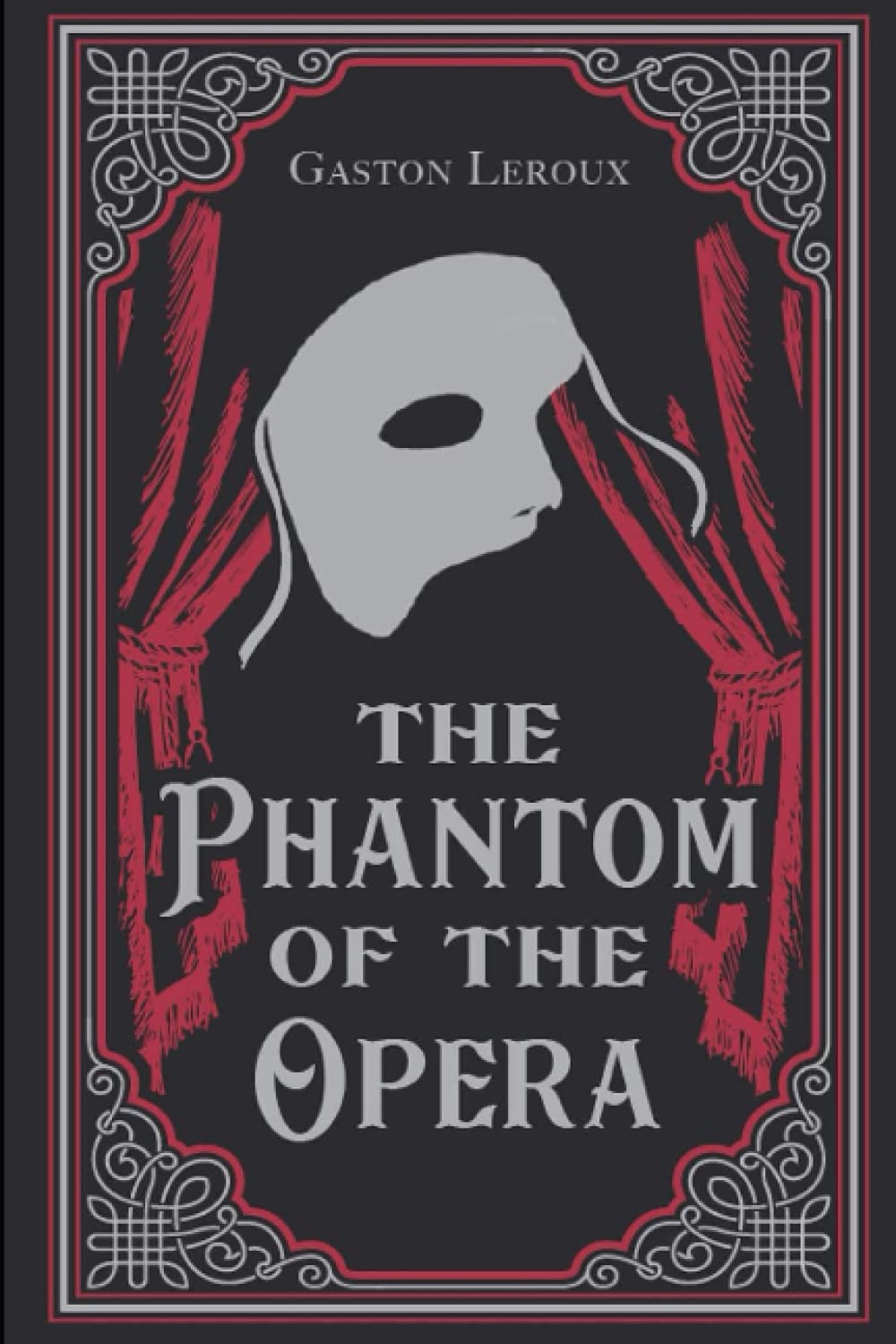
The Phantom of the Opera is a captivating Gothic novel by Gaston Leroux, set in the opulent Paris Opera House.
The story centers on a mysterious, disfigured man known as the Phantom, who lives in the opera house’s subterranean labyrinth and is obsessed with Christine Daaé, a young and talented soprano.
As the Phantom’s infatuation grows, he manipulates the opera house’s events to further his desires, leading to a series of dramatic and dangerous encounters.
Themes of love, obsession, and the duality of human nature drive the narrative, while Leroux’s atmospheric writing creates a haunting and memorable tale that has captivated readers and inspired countless adaptations.
READ MORE: Unraveling Success: A Critical Examination of Bestselling Books
